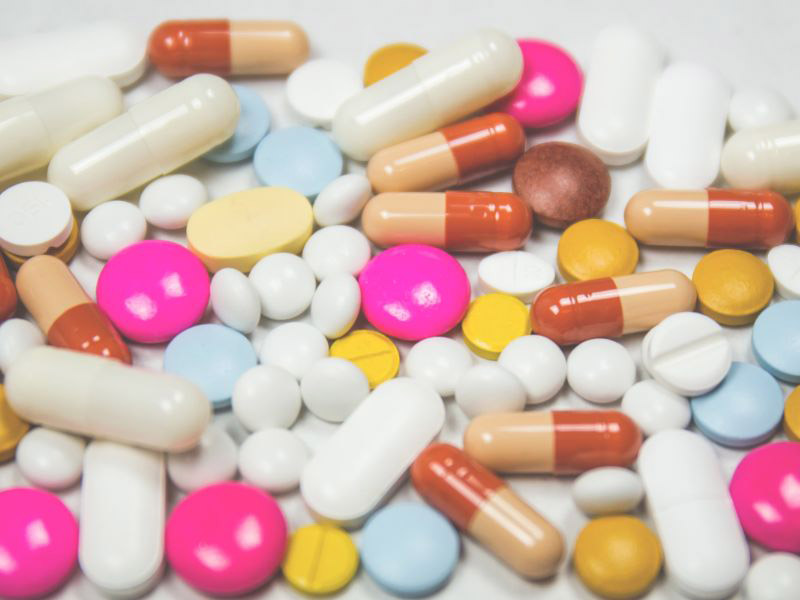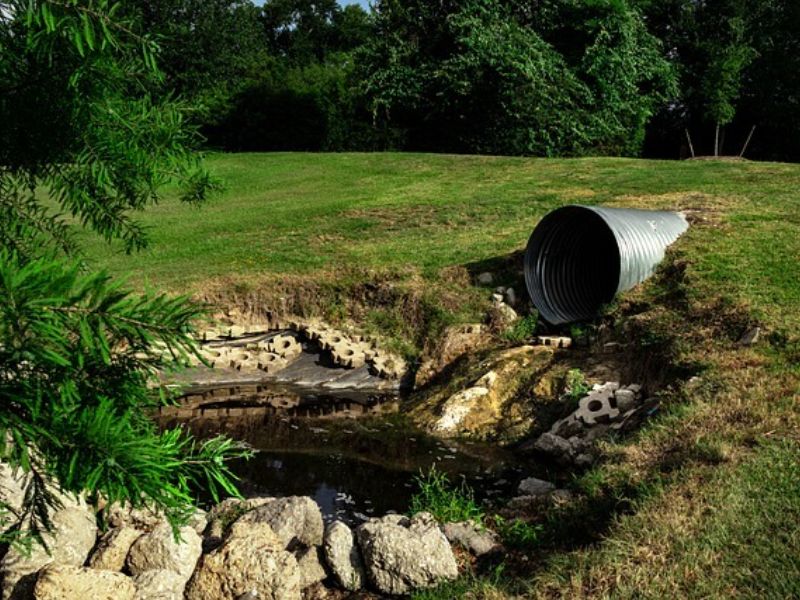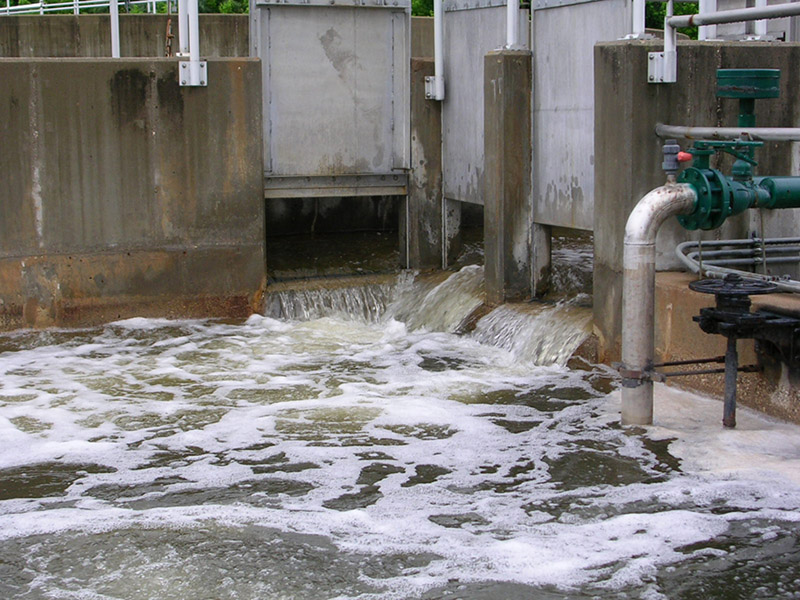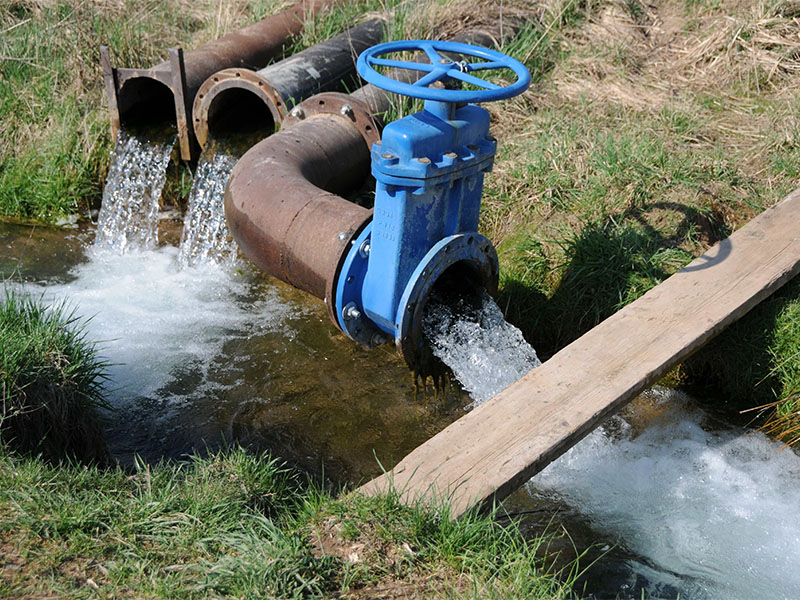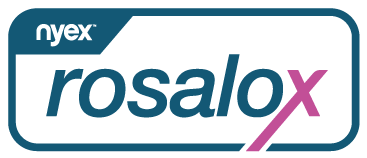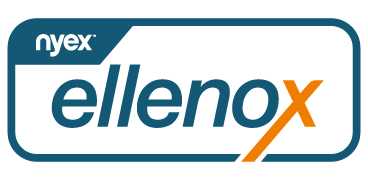Erythromycin removal from water
Erythromycin is a widely used antibiotic belonging to the macrolide class. It is commonly prescribed to treat various bacterial infections in humans and animals.
When erythromycin enters the environment through wastewater discharge – from pharmaceutical manufacturing facilities, hospitals and agricultural or residential sources – it can pose a significant risk to aquatic ecosystems and human health.
Thus, there is a need to develop effective water treatment methods to remove erythromycin.

